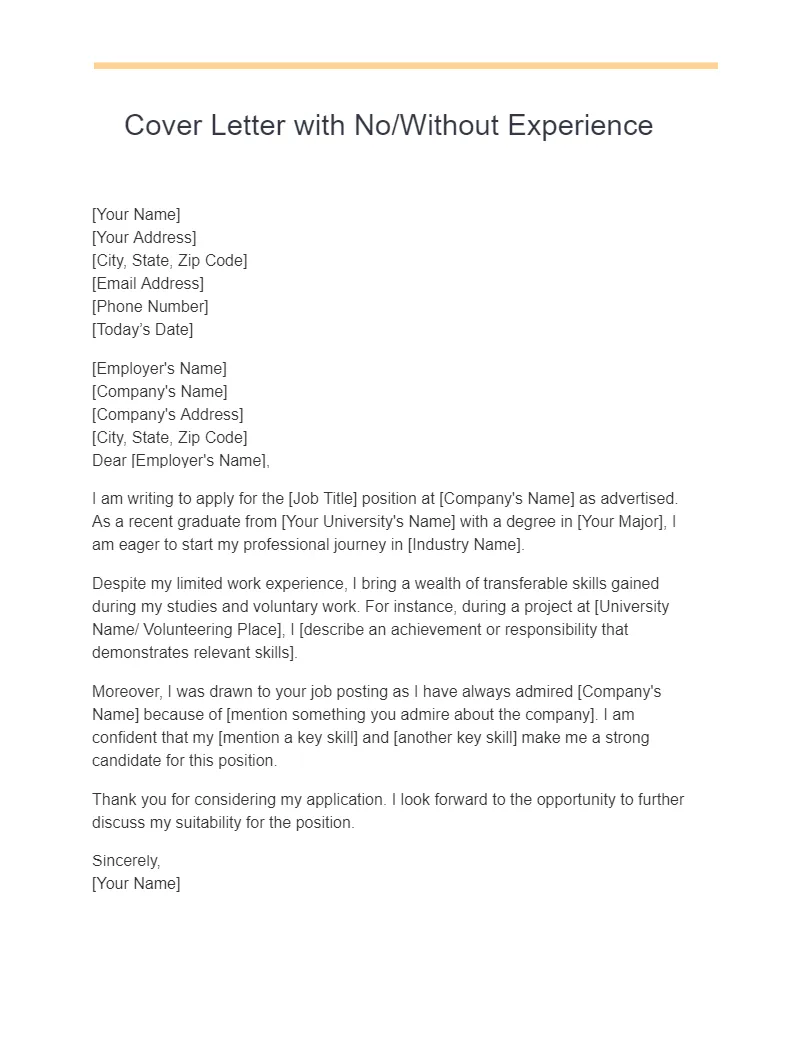What is a Cover Letter?
A cover letter is a crucial document that accompanies your resume when applying for a job. It serves as your introduction to the hiring manager, providing a concise overview of your qualifications, skills, and experience. Unlike your resume, which lists your accomplishments, a cover letter allows you to explain why you are the ideal candidate and how your abilities align with the specific requirements of the position. Think of it as your opportunity to make a strong first impression and persuade the employer to consider your application further. A well-crafted cover letter can significantly increase your chances of landing an interview, making it an essential part of any job application strategy. The cover letter personalizes your application, demonstrating your genuine interest in the role and the company.
Cover Letter Purpose
The primary purpose of a cover letter is to complement your resume by providing additional context and detail. It allows you to highlight specific skills and experiences that are relevant to the job you are applying for, tailoring your application to meet the employer’s needs. A cover letter also serves as a means of showcasing your personality, writing abilities, and communication skills. By expressing your enthusiasm for the role and the company, you demonstrate your genuine interest, setting you apart from other applicants. The cover letter gives you an opportunity to address any potential gaps in your resume or explain career transitions. It also allows you to proactively answer any questions the employer might have. Ultimately, the goal is to persuade the hiring manager to read your resume and invite you for an interview. A well-written cover letter is critical.
Cover Letter Components
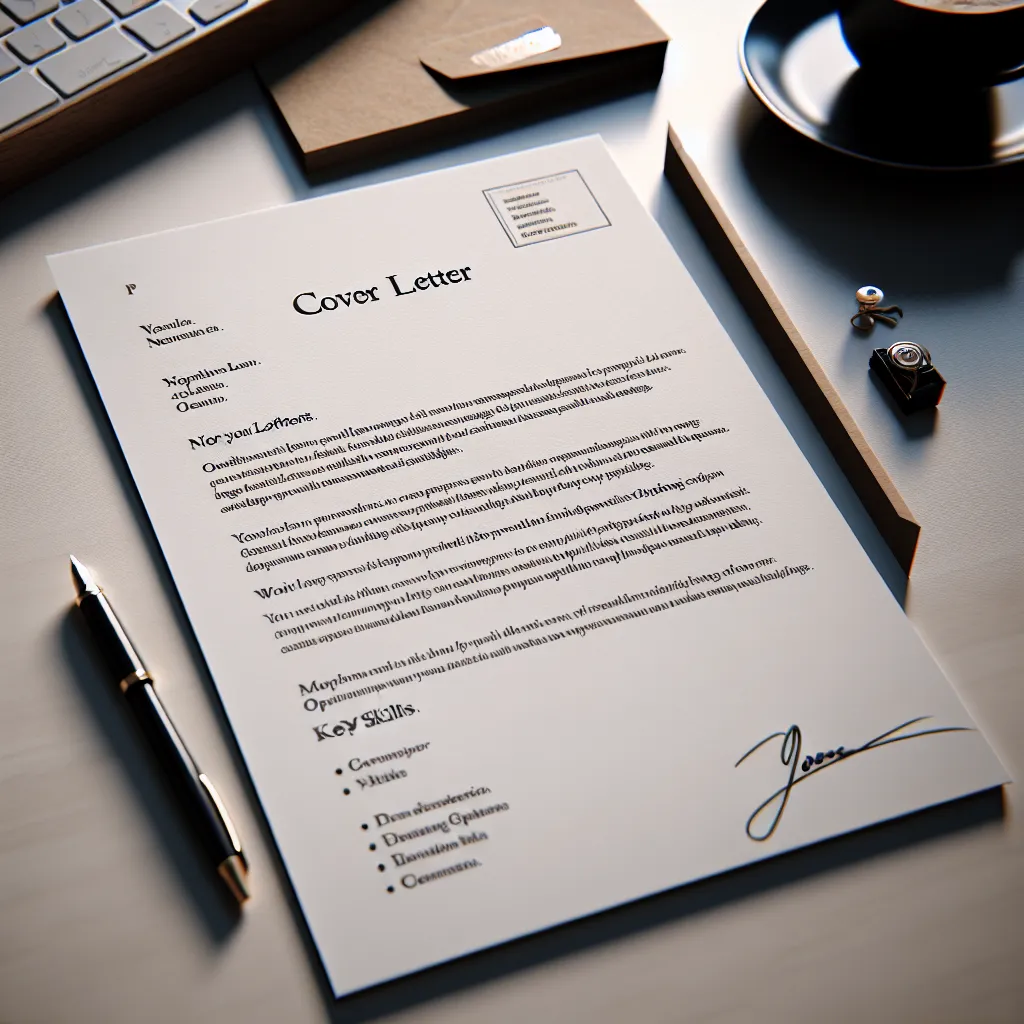
A cover letter typically consists of several key components that work together to create a compelling narrative. These components include a header, greeting, body paragraphs, and a closing. Each part plays a vital role in effectively conveying your message to the employer. The header section contains your contact information, along with the date and the recipient’s details. The greeting is the formal salutation, addressing the hiring manager by name whenever possible. The body paragraphs form the core of the cover letter, where you highlight your skills, experiences, and achievements. The closing reiterates your interest and includes a call to action, such as expressing your availability for an interview. Understanding the function of each component ensures that your cover letter is well-structured and impactful. Carefully crafting each element is essential for making a positive impression.
Header Section
The header section is the first part of your cover letter, containing your contact information, the date, and the recipient’s details. Start with your name, address, phone number, and email address, followed by the date. Include the name of the hiring manager, their title, the company name, and the company’s address. It’s essential to make sure your contact information is up-to-date and easily accessible. This information allows the employer to quickly identify you and reach you if they wish to move forward with your application. The header sets the tone for the rest of your letter, demonstrating professionalism and attention to detail. Proper formatting and accuracy in the header are crucial for making a positive first impression. Reviewing the header ensures the employer can easily contact you.
Greeting
The greeting begins the body of your cover letter. Ideally, address the hiring manager by name, using ‘Dear Mr./Ms./Mx. Last Name.’ If you are unable to find the hiring manager’s name, opt for a general greeting such as ‘Dear Hiring Manager’ or ‘Dear [Department Name] Team.’ Avoid generic greetings like ‘To Whom It May Concern’ as they can make your letter seem impersonal. Researching the company’s website or LinkedIn can often help you find the appropriate contact person. A personalized greeting immediately grabs the reader’s attention and shows that you have taken the time to research the company and the role. Choose the greeting that best suits the company culture and the role you’re applying for.
Body Section
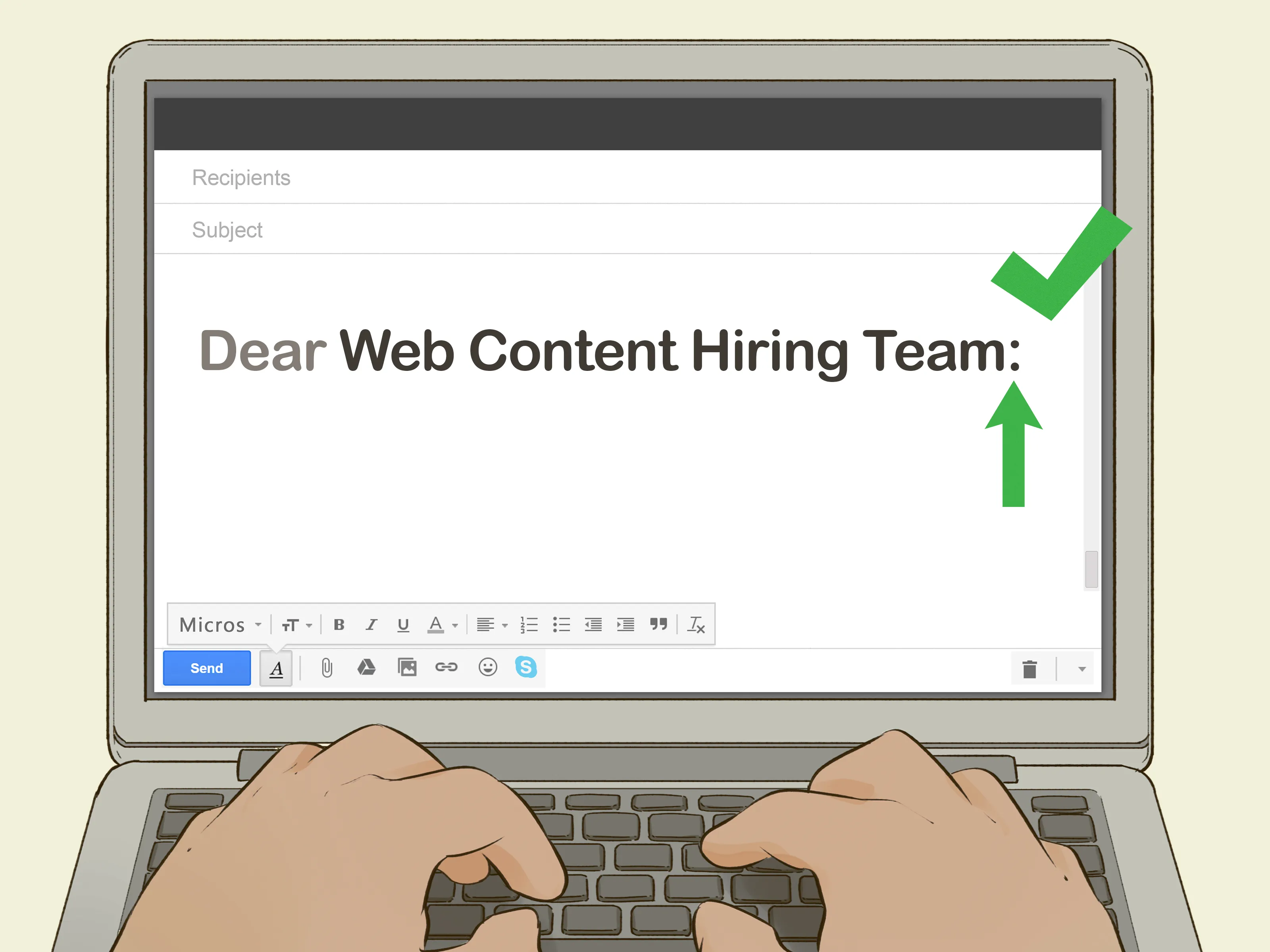
The body section is the core of your cover letter, where you provide detailed information about your skills, experiences, and qualifications. This section typically consists of several paragraphs that highlight your strengths and demonstrate your suitability for the role. The body should be well-organized, using clear and concise language to convey your message effectively. Each paragraph should focus on a specific aspect of your qualifications, tying them directly to the job requirements outlined in the job description. It’s essential to showcase how your skills and experiences align with the company’s needs and culture. This section is your opportunity to make a strong case for why you are the ideal candidate. Use compelling language and specific examples to create a lasting impression. Proofreading the body carefully ensures your message is clear and error-free.
First Paragraph: Hook the Reader
The first paragraph of your cover letter should capture the reader’s attention and clearly state the position you are applying for. Begin with a brief statement that introduces yourself and immediately conveys your enthusiasm for the role and the company. Mention how you found the job opening and briefly explain why you are interested in the position. Highlight a key skill or achievement that makes you an ideal candidate to make an immediate impact. Avoid generic opening lines and instead, tailor your first paragraph to show your genuine interest. This sets the tone for the rest of the letter and encourages the reader to continue reading. Keep it concise and impactful to entice the reader to explore your qualifications further.
Second Paragraph: Showcase Your Skills
In the second paragraph, focus on showcasing your skills and how they align with the job requirements. Carefully review the job description and identify the key skills and qualifications the employer is seeking. Then, provide specific examples from your previous experiences where you have successfully utilized those skills. Quantify your achievements whenever possible, using numbers and data to demonstrate your impact. For example, instead of saying ‘Managed projects,’ you might say ‘Managed multiple projects, resulting in a 15% increase in efficiency.’ Tailor this paragraph to the specific requirements of the job, highlighting your relevant experience. This section is your opportunity to convince the employer that you possess the necessary skills and capabilities to excel in the role.
Third Paragraph: Highlight Achievements
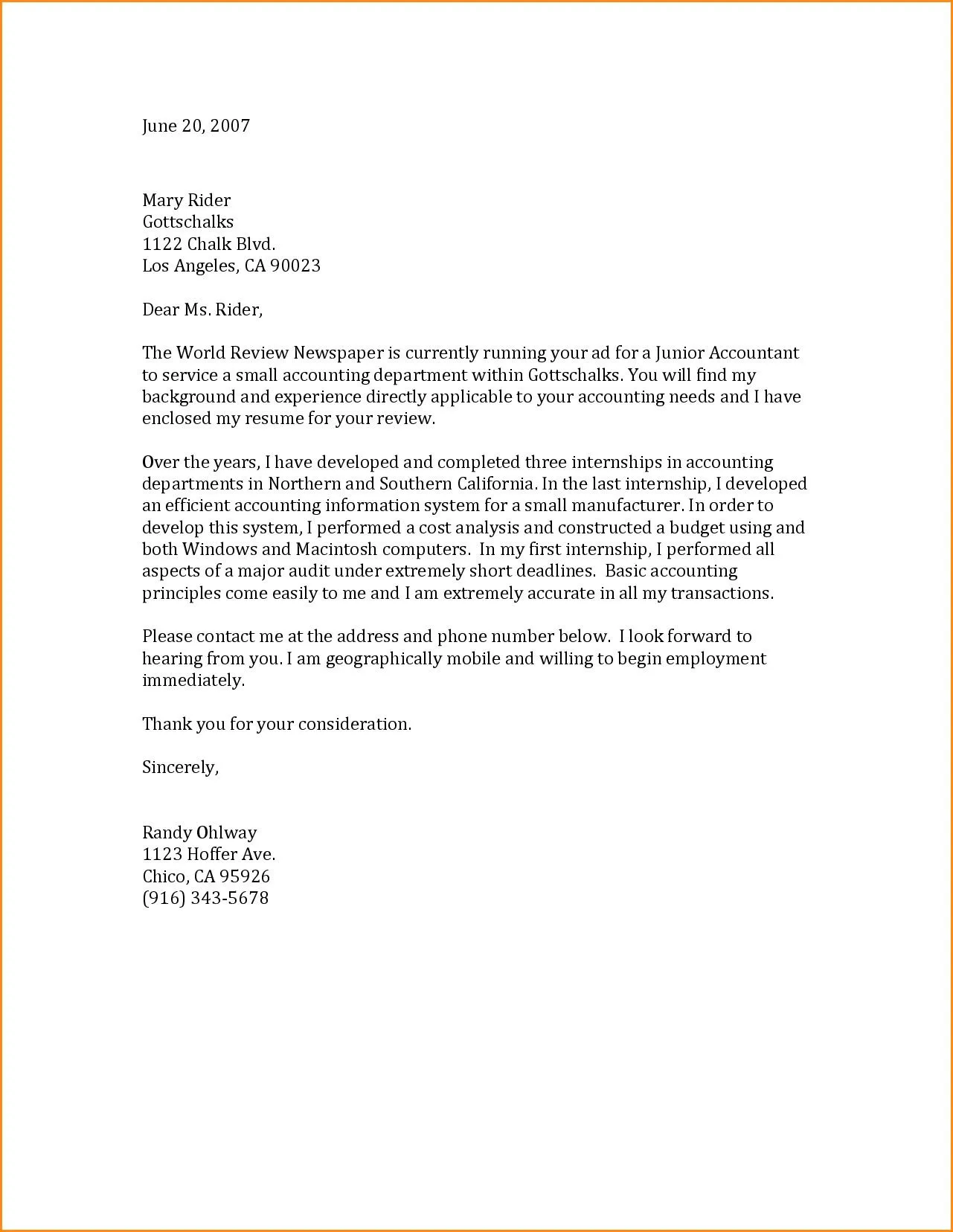
The third paragraph should highlight your significant achievements and accomplishments in previous roles. Focus on demonstrating the value you brought to your previous employers. Use the STAR method (Situation, Task, Action, Result) to structure your examples, providing a clear picture of the challenges you faced, the actions you took, and the positive outcomes you achieved. Quantify your accomplishments whenever possible to show the tangible results you delivered. For example, you might describe how you ‘increased sales by 20%’ or ‘reduced customer complaints by 10%.’ This paragraph is your chance to stand out by showcasing your successes and demonstrating your ability to make a positive impact on the company. Choose achievements that align with the requirements of the role.
Fourth Paragraph: Express Your Interest
In the fourth paragraph, reiterate your interest in the role and the company. Briefly summarize your key qualifications and why you believe you are a good fit. Express your enthusiasm for the company’s mission, values, or culture, showing that you have done your research and share their vision. Explain why you are excited about the opportunity and what you hope to achieve in the role. Be specific about how your skills and experiences align with the company’s goals. Conclude by expressing your eagerness to learn more about the position and stating your availability for an interview. Show that you are prepared to discuss your qualifications further. Demonstrate your genuine interest in the role and the company, leaving a lasting positive impression.
Closing Section
The closing section of your cover letter is the final opportunity to leave a lasting impression. It typically includes a formal closing, followed by your signature. It reinforces your enthusiasm and commitment to the role. It should be concise and professional, leaving the reader with a positive view of your application. The closing serves to reiterate your interest and thank the reader for considering your application. Make sure it maintains the professional tone established throughout the rest of the letter. The closing should be carefully crafted to complete the letter.
Formal Closing
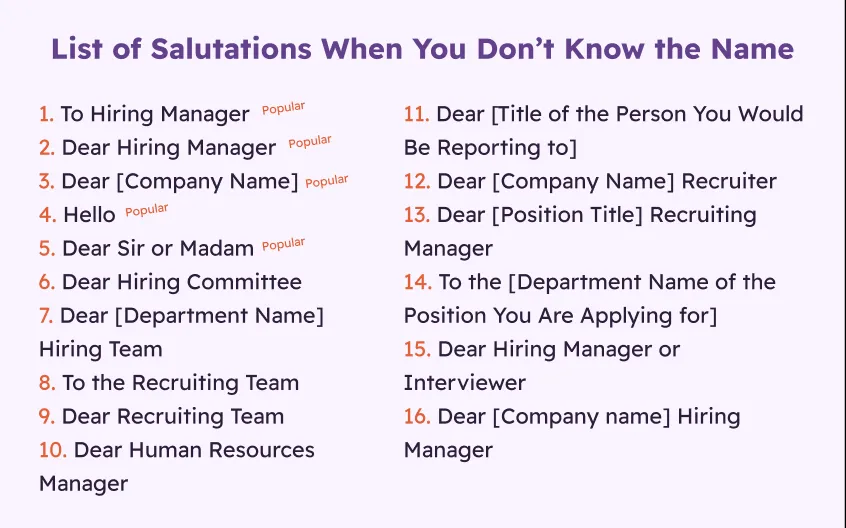
The formal closing is the final statement in your cover letter, where you express your gratitude and reiterate your interest in the position. Common formal closings include ‘Sincerely,’ ‘Best regards,’ or ‘Thank you for your consideration.’ Choose a closing that aligns with the overall tone of your letter and the company culture. After the formal closing, leave space for your signature. Always include a call to action. This might be a sentence such as ‘I look forward to hearing from you soon’ or ‘I am available for an interview at your earliest convenience.’ This encourages the employer to take the next step and contact you. Proofread this section carefully to ensure that it is free of errors and reflects your professionalism.
Signature
Below the formal closing, you should include your signature. If you are submitting a digital cover letter, you can type your full name. If you are printing your cover letter, leave space for a handwritten signature above your typed name. A signature adds a personal touch and signifies your agreement with the contents of the document. Ensure that your signature is legible and professional. This confirms your commitment to the application process. This completes the formal part of your cover letter.
Formatting Your Cover Letter
Proper formatting is crucial for making your cover letter easy to read and visually appealing. Clean and professional formatting can significantly impact the reader’s perception of your application. Formatting choices can affect how your information is received by the hiring manager. Use consistent formatting throughout your cover letter to maintain a professional appearance. Choose a clear font, appropriate margins, and proper spacing. Formatting helps in ensuring that the recruiter can easily scan and digest the information. Well-formatted cover letters reflect your attention to detail and professionalism. Careful formatting enhances readability and overall presentation.
Font and Size
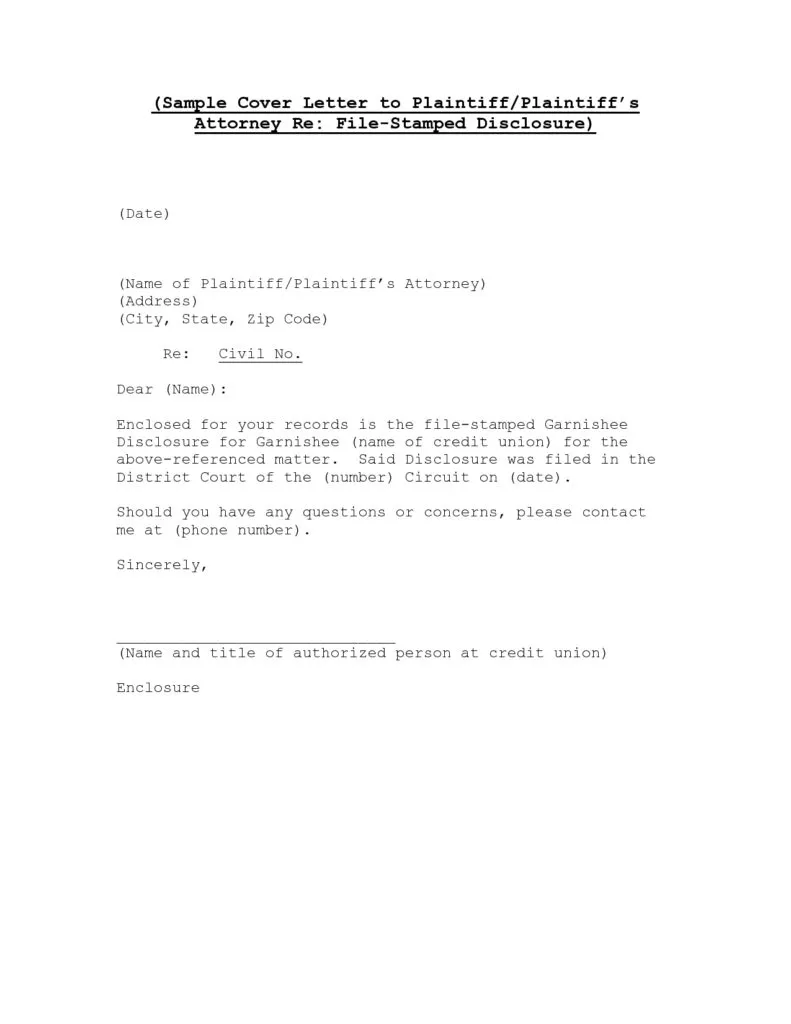
Select a professional and easy-to-read font for your cover letter. Recommended fonts include Times New Roman, Arial, Calibri, or Helvetica. Use a font size between 10 and 12 points, ensuring that the text is legible without appearing too small or too large. Maintain consistency in font and size throughout the document. Avoid using overly decorative fonts or fonts that are difficult to read. These choices can detract from your message and make your cover letter appear unprofessional. A clear and professional font helps to create a favorable first impression. The font choices should reflect a balance of readability and professionalism.
Margins and Spacing
Use standard margins of 1 inch on all sides of your cover letter. These margins provide a balanced and visually appealing layout, allowing ample space for the text and creating a clean appearance. Use single-spacing within paragraphs and double-spacing between paragraphs. This spacing makes the text easier to read and helps to visually separate different sections of the document. Proper spacing avoids creating a cluttered and overwhelming document. Be consistent with the spacing throughout your cover letter. Ensure proper formatting and create a professional layout. Proper use of margins and spacing enhances the overall appearance.
Proofreading and Editing
Proofreading and editing your cover letter is an essential step to ensure it is free of errors. Carefully review your cover letter for any grammatical errors, spelling mistakes, and typos. Pay close attention to punctuation and sentence structure. Consider using grammar-checking software, but always review the results manually. Ask a friend, family member, or career counselor to review your cover letter for feedback and suggestions. Fresh eyes can often catch errors that you might have missed. Proper proofreading demonstrates your attention to detail and professionalism, enhancing your credibility. A polished cover letter shows that you have taken the time to present yourself in the best possible light. Proofreading is the last step of preparation.
Common Cover Letter Mistakes
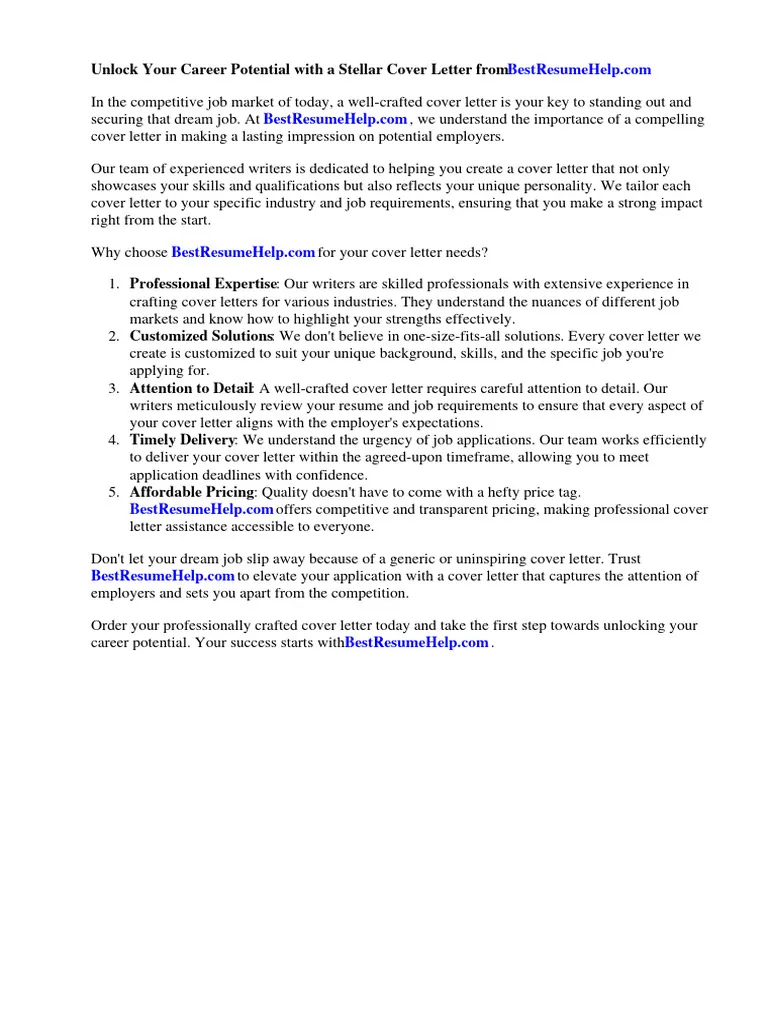
Avoiding common cover letter mistakes is essential for making a positive impression on employers. Avoid generic templates or using a generic cover letter for every application; customize each letter to match the specific job requirements. Avoid grammatical errors, spelling mistakes, and typos by carefully proofreading your document. Avoid rambling or being too lengthy; keep your cover letter concise and focused on the most relevant information. Avoid focusing solely on what you want from the job; instead, highlight how your skills and experience can benefit the employer. Don’t include irrelevant information or personal details that are not related to the job. Avoiding these mistakes will help ensure that your cover letter is well-received and increases your chances of getting an interview.
Cover Letter without Contact Information
In modern job applications, cover letters are usually submitted as part of an application package, which already includes your contact information. When submitting your cover letter online, this information is usually not included in the letter itself. Instead, it’s provided with the other application documents. This format is becoming more common as it streamlines the application process. If you are asked to submit a cover letter separately, you will include your header. Regardless of the format, the content of the cover letter remains crucial. Tailoring the content and proofreading it accurately are also still essential steps. The goal remains to make the strongest possible case for your candidacy.
